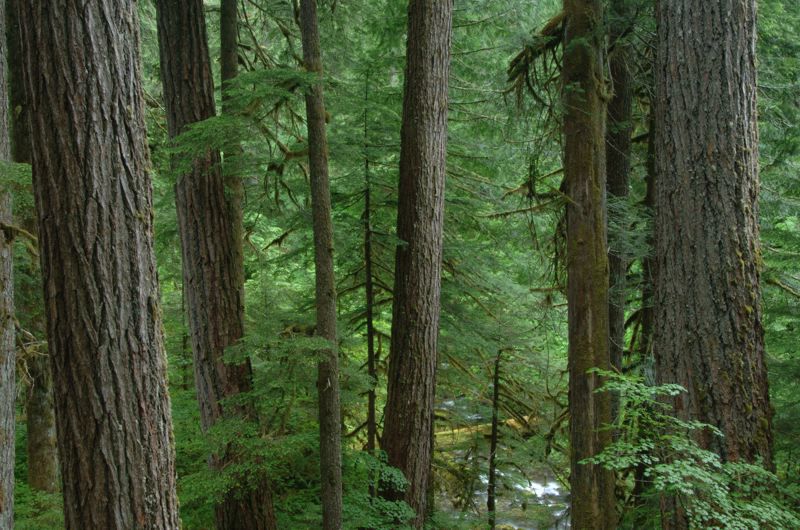Science Findings: Nonrecreational camping on public lands affects natural resources
Published 12:41 pm Thursday, September 16, 2021

- COURTESY U.S. FOREST SERVICE
Homelessness is often associated with urban areas, yet since the Great Depression, national forests have served as a refuge for individuals and families. In recent years, more people are living on the national forests and grasslands, whether by choice or because of economic circumstances. Unfortunately, the presence of nonrecreational campers affects the experience of other users and results in increased levels of trash and resource degradation that can be costly to remediate.
In 2015, Lee Cerveny, a research social scientist with the USDA Forest Service, Pacific Northwest Research Station, and Joshua Baur, a professor at San Jose State University, surveyed law enforcement officers nationwide to determine how frequently they encountered nonrecreational campers and in what settings, the effects of nonrecreational camping on the natural and social environment, and their ideas for how to address these challenges.
Transient retirees comprised the largest group of nonrecreational campers, followed by displaced families, and homeless individuals, whom law enforcement officers encountered on their rounds. Economic instability was perceived to be a contributing factor for residing on the national forest, followed by drug and alcohol abuse, and mental health concerns. The Willamette National Forest in Oregon is using this information to better equip frontline employees when interacting with nonrecreational campers. Additionally, emerging research on nonrecreational camping is focusing on the health considerations of living outdoors.• Homelessness and nonrecreational camping occur in every Forest Service region at different rates. Homeless camping appears more common in the Southwestern Region (R3) and Rocky Mountain Region (R2), with rising rates in the Southern Region (R8). Encounter rates were higher in forests near urban areas.
Among the key findings:
• More than 38 percent of law enforcement officers encounter nonrecreational campers on a weekly basis. Another 38 percent reported encounters 1 to 3 times per month. Nearly half (48%) of officers stated that encounters with nonrecreational campers had increased in the past five years.
• The nonrecreational camper most often identified in the survey were transient retirees living in campers. Nearly half of law enforcement officers (47%) encountered transient retirees at least monthly. Other frequent types included groups of homeless adults, solitaries, and families. Drug and alcohol use, mental health issues, and economic problems were contributing factors for living on the national forests.
• Nonrecreational campers were most attracted to dispersed areas (55%) and no-host campsites (29%), with far fewer in developed campgrounds. Road access, fresh water, and visibility were commonly mentioned site features. The most frequently observed impacts mentioned by law enforcement officers included trampled soil, trash, cut or cleared vegetation, erosion, and pollution of streams.
Red the complete article here.
Science Findings is a publication of the U.S. Department of Agriculture and U.S. Forest Service. Find Pacific Northwest articles at www.fs.usda.gov/pnw.





